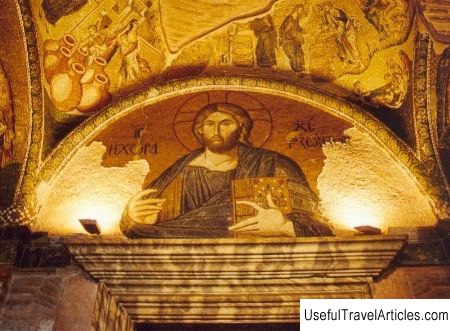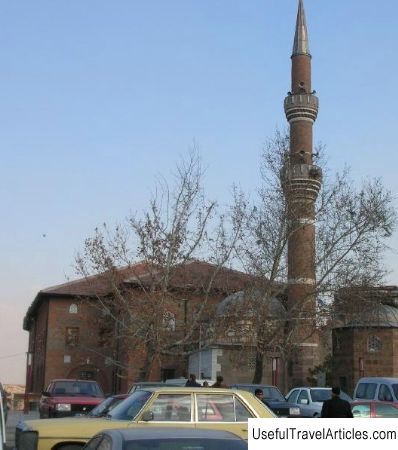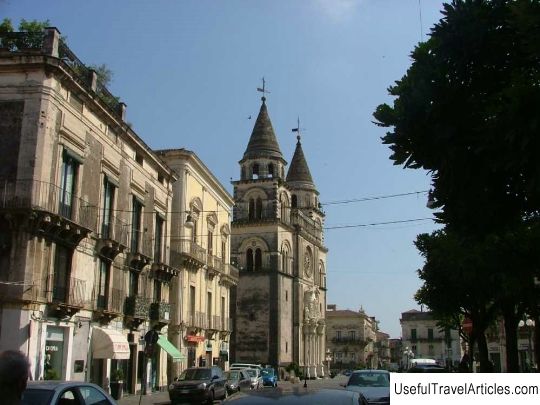Kariye Camii Museum description and photos - Turkey: Istanbul
Rating: 7,9/10 (6895 votes) 
Kariye Camii Museum description and photos - Turkey: Istanbul. Detailed information about the attraction. Description, photographs and a map showing the nearest significant objects. The name in English is Kariye Camii. Photo and descriptionThe Cariye Museum is located in the Church of Christ the Savior in Chora, which was founded in the 4-5 centuries outside the walls of Constantinople. The temple entered the city limits only after the walls of Theodosius were built. Over the course of several centuries, the church was rebuilt, destroyed, restored, so the early Byzantine architecture has not survived to this day. But the main treasure of the temple is not architecture, but the now existing Cariye museum with mosaics and frescoes dating back to 1315-1321 that adorn the temple. At one time, Theodore Metochit, who was the first minister and chief treasurer at the court of Emperor Andronicus II, spent a fortune on decorating the temple. When Andronicus III came to power, Metochit was removed from his post and sent into exile. Upon his return from exile, Metohit became a monk in the church of Chora. After his death, he was buried in the chapel of the church. 50 years after the fall of Constantinople, by order of the vizier of Sultan Bayezid II, whose name was Khadim Alm Pasha, a minaret was built over the gallery, and the frescoes and mosaics were painted over with whitewash. The temple became the Kariye Mosque. It is thanks to the actions of the vizier that the masterpiece of Byzantine art has been preserved under plaster to our times. In 1948, specialists from the Byzantine Institute (USA) began restoration work in the mosque. The opening of the Cariye Museum took place in 1958. The temple-museum has 3 main rooms: the vestibule, the main room of the temple and the funeral chapel with frescoes, which were created in 1320. The thematic variety and rich detail of the mosaics that adorn the lobby and the main room are striking. They cannot be compared with other Byzantine churches that have survived to our times. Four main themes are traced: the genealogy of Christ, his birth and childhood, the life of the Mother of God, the ministry of Christ. The image of Christ Pantokrator (Almighty) is located opposite the entrance above the door. The opposite side is decorated with the image of the Virgin with angels. Mosaics depicting St. Peter and St. Paul, as well as the 16 kings of the tribe of David - in the narthex. The Dormition of the Virgin is depicted in the nave. A chapel is attached to the south side of the temple, the walls of which are decorated with frescoes on the theme of the Last Judgment, Hell and Paradise. In the walls of the paraklisia there are niches for tombs, in this place frescoes are made on the theme of death and the afterlife. The surviving frescoes and mosaics of the Kariya Museum testify       We also recommend reading Linggu Temple description and photos - China: Nanjing Topic: Kariye Camii Museum description and photos - Turkey: Istanbul. |




